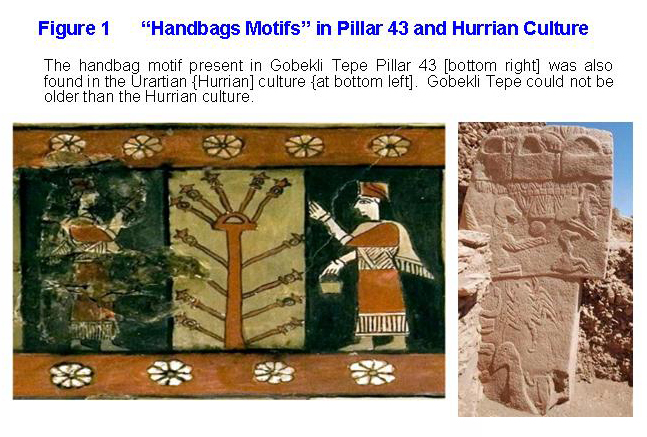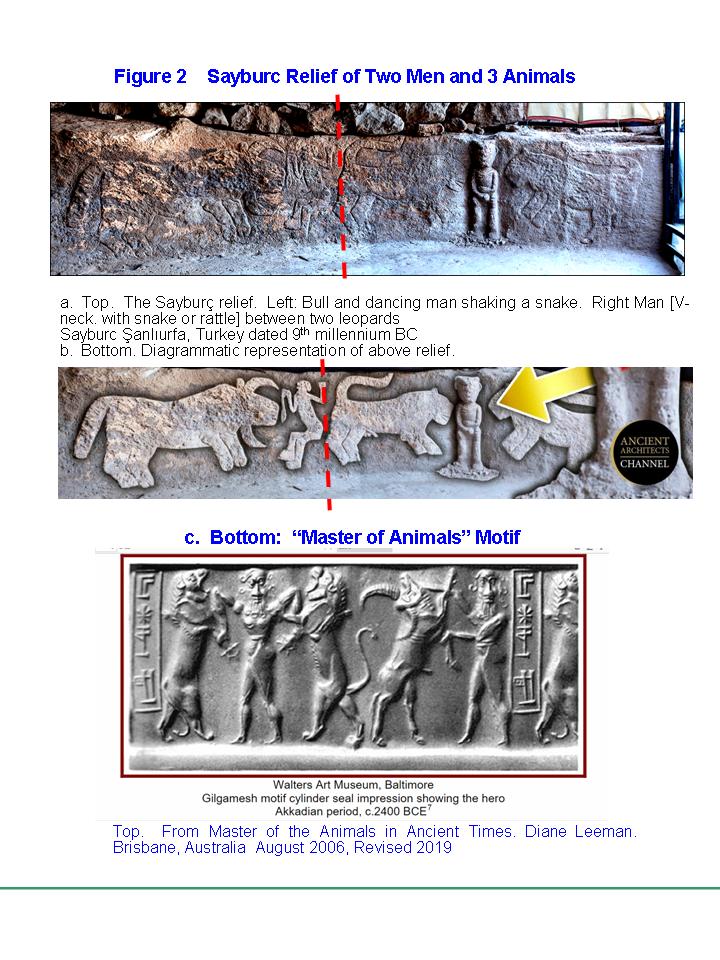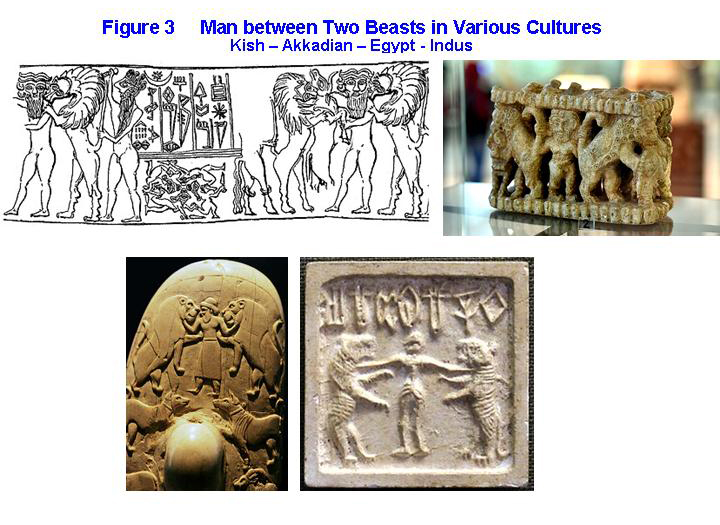
|
| 
|
GUI WORLD OF CULTURE |
WORLD OF FENG SHUI |
|
SUN TZU ART OF WAR |
on Feng Shui |
on Feng Shui |
|
|
|
Dr Ong Hean-Tatt September 2025 guiunicorn@gmail.com Basking thinking they had found something new,.
The previous exegesis, evaluating the true age of Gobekli Teoe Turkey, presented a statistical correlation analysis on the relationship between calendar dates and radiocarbon dating of ancient sites. It was shown that the presence of limestone contamination would increase the differences between the calendar dates and radiocarbon dating, giving the site much older radiocarbon dates that actual. The analysis also proves that radiocarbon dating is false. That analysis included the case of ancient Harran, which was historically dated 2500 BC. It was radiocarbon dated 7600 years, which was a false reading due to the limestone environment of Harran. Gobekli Teoe was about 47 km from Harran in the similar limestone region and should be of the same age as Harran. But Gobekli Tepe was falsely radiocarbon dated 9134 BC. This exegesis studied Gobekli Tepe's true age by examining cultural issues.
Gobekli Tepe is in the Anatolian region which have the Hurrian culture during the 3rd millennium BC. Urartians emerged in the end of 2nd millennium BC. Mittani was a Hurrian offshoot at 1550 BC. The Hittites came up 1600 BC and was heavily influenced by Hurrian culture.
Pillar 43, one of the most well known among the T-pillars of Gobekli Tepe, has carvings of three "handbags" at the top. The handbag motif has been encountered in ancient cultures all over the world, even into MesoAmerica. Note in Figure 1 that the handbag motif was found in an Urartian [Hurrian] mural. This indicates that the culture of Gobekli Tepe like that of Harran was influenced by Hurrian culture. However, the Hurrian culture emerged only in 3rd millennium BC. Gobekli Tepe could not be older than 3rd millennium BC.

|
|
top
Table 1 illustrates that many of the animals carvings on the T pillars of Gobekli Tepe had cultural symbolism in the Hurrian culture.


|
|
top
There are a number of sites other than Gobekli Tepe which have the "T-pillars". One of them was Sanliufa, about 18.7 km southwest away from Gobekli Tepe. At Sayburc Sanliufa there is what is called the world's oldest relief (Figure 2 a,b). The relief shows two parts. One man was in front of a bull. The other man was between two beasts, here leopards. What may surprise many is that the Sayburc relief is rather similar to an 2400 BC Akkadian relief also with a man with a bull and another man between two lions! It is quite clear that the Sayburc relief would have the same 2400 BC dating of the Akkadian relief, not 11000 BC. Look at Figure 2c, which indicates at the top the 2400 BC Akkadian "Men between Two Lions" and also "Man before Bull" images. At the bottom is the diagrammatic representation of the Sarburc relief. Both sets of images are actually the same! That is, the T-Pillars at Sayburc and Gobekli Tepe were al the same age as the 2400 BC Akkadian scene. This is the well known "Master of the Animals" theme. Figure 3 shows this "Man between two animals" themes among the ancient cultures.

Top Left, Seal impression of "Mesannepada, king of Kish", excavated in the Royal Cemetery at Ur (U. 13607), dated circa 2600 BC. The seal shows Gilgamesh and the mythical bull between two lions, one of the lions biting him in the shoulder. On each side of this group appears Enkidu and a hunter-hero, with a long beard and a Kish-style headdress, armed with a dagger. Under the text, four runners with beard and long hair form a human swastika. They are armed with daggers and catch each other's foot. Gilgamesh. Wikipedia, the free encyclopedia Top Right. Sculpted scene depicting Gilgamesh wrestling with animals. From the Shara temple at Tell Agrab, Diyala Region, Iraq. Early Dynastic Period, 2600–2370 BC [Akkadian]. Gilgamesh. Wikipedia, the free encyclopedia Bottom Left. The Gebel el-Arak Knife [Egypt]. The reverse of the handle shows a Master of Animals motif: two confronted lions, flanking a central figure (note confronted dogs and other animals below) Confronted animals. Wikipedia, the free encyclopedia
|
|
top
|
|
This special forum endeavours to present logical science based discussions, not vain speculations!
|
|
Startling articles on SCIENTIFIC FENG SHUI & ASTROLOGY PHILOSOPHY:
Enrol in advance courses which include astonishing scientific and statistical evidence for Feng Shui and astrology! Current Feng Shui and astrology are essentially unscientific and out of date! |

|
DO NOT WASTE MONEY LEARNING CURRENT UNSCIENTIFIC OUT OF DATE FENG SHUI & ASTROLOGY! GUI MANAGEMENT CENTRE COURSES: Learn research oriented scientific Feng Shui and astrology. It is no longer a mystery what scientifically are qi and sha. Find out that ancient masters astonishingly knew of scientific nature of Yin Yang and 8 trigrams. Differences in landform affect which radiation energy is prevalent. Courses are backed by scientific research into ancient Mandarin Feng Shui texts like Green Satchels & Yang Yun Sun's texts like Han Lung Jing, Yi Lung Jing, Tian Yu Jing. |
|
GUI offers advance information rich courses backed by scientific, geography and astronomy research with reference to ancient Feng Shui texts. These fantastic Master courses are comprehensive and practical enough for you to do Feng Shui audits.
|
|
|
26 Jalan 20/14, 47500 Petaling Jaya, Selangor, Malaysia Tel: 603-56346361 56348915 Fax: 603-56347782 Website: http://www.guiculture.com email to guiunicorn@gmail.com File created: 24th August 2012, 24th February 2017 |
|